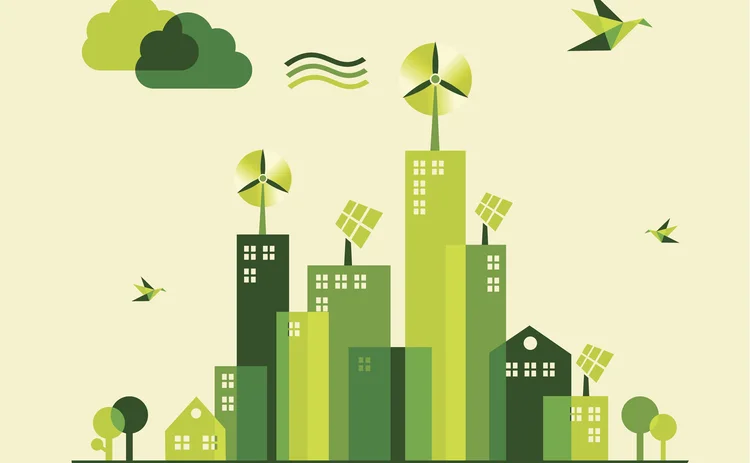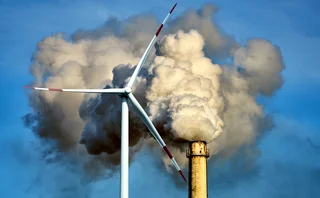The renewable future
The shift to solar and wind is creating new challenges

Slowly but constantly, the human race’s energy mix is changing. While the bulk of our electricity still comes from fossil fuels, renewables are no longer a niche product. And while hydro power is limited by the number of suitable sites, and wave and tide are limited both by site and by the engineering challenges inherent in dealing with seawater, solar and wind power are gathering pace – and pushing the energy market in very different directions.
In a lot of senses, they’re polar opposites. The sun is intermittent, but it’s nothing if not predictably, even proverbially reliable; the British mathematician GH Hardy bet a colleague one penny against the colleague’s entire fortune “that the sun will come up tomorrow”, presumably to prove a point now lost to posterity. By contrast, the wind has served as a metaphor for anything fickle and unpredictable for millennia.
And they’re diametric opposites in the energy risk sense as well. Wind generators are built as large as the constraints of materials science and engineering allow; as turbines become larger they become more efficient, and as they become higher they are able to generate continuous power for longer periods. From 20 metres high they have grown to 150m, and will grow further – especially offshore. The physics of wind generation drives the hardware to become huge, centralised, highly engineered – and expensive. Meanwhile, solar – with the attractive combination of ever-cheaper photovoltaic cells and improved domestic battery storage – is increasingly a local, small-scale solution (though there are of course many large-scale solar farms as well).
Putting all renewable energy in the same box is now less justifiable than ever. But innovations in other areas are bridging the gap between the massive wind turbine and the tiny rooftop solar installation
Putting all renewable energy in the same box is now less justifiable than ever. But innovations in other areas are bridging the gap between the massive wind turbine and the tiny rooftop solar installation. The energy purchase market is evolving through new power purchase agreements (PPAs) to handle an electricity mix that is becoming steadily richer in renewables. Larger turbines are inherently less variable in output, and hedging mechanisms are evolving to smooth out the resulting output even further, as the sector’s support from subsidies is pared back. And the rollout of smart metering technology could play a role as well in making the demand side of the electricity market more forgiving of fluctuating output figures.
The world energy mix in 20 years’ time will be very different from today. It has to be. And energy risk managers will similarly have a radically different set of concerns; the message for this month is that none of them should be impossible, given sufficient ingenuity. And ingenuity, too, has tended to be an abundant and renewable resource.
More on Energy transition
High risk and volatility require new risk management approaches
Energy leaders warn fast-rising geopolitical, market and infrastructure risks demand new strategies, AI adoption and stronger risk culture
Uncertainty causes rethink on clean energy investment
Waning enthusiasm for net-zero pledges, environmental policy shifts, funding cuts and US tariffs are causing clean energy investors to retreat
Data and analytics firm of the year: LSEG Data & Analytics
Energy Risk Awards 2025: Firm’s vast datasets and unique analytics deliver actionable insights into energy transition trends
Sustainable fuels house of the year: Anew Climate
Energy Risk awards 2025: Environmental firm guides clients through regulatory flux
Corporates keep the faith on net-zero goal
Large corporates’ energy transition includes trading and risk management in energy and commodities markets
Environmental products house of the year: ENGIE
Renewable energy and the liberalisation of power markets in Apac present significant long-term growth opportunities, with ENGIE driving change in energy transition
ENGIE empowers clients globally to decarbonise and address the energy transition
In recent months, energy market participants have faced extreme volatility, soaring energy prices and supply disruptions following Russia’s 2022 invasion of Ukraine. At the same time, they have needed to identify and mitigate the longer-term risks of the…
Beacon’s unique open architecture underlies its strong performance
Recent turmoil in energy markets, coupled with the longer-term structural changes of the energy transition, has created a raft of new challenges for market participants







